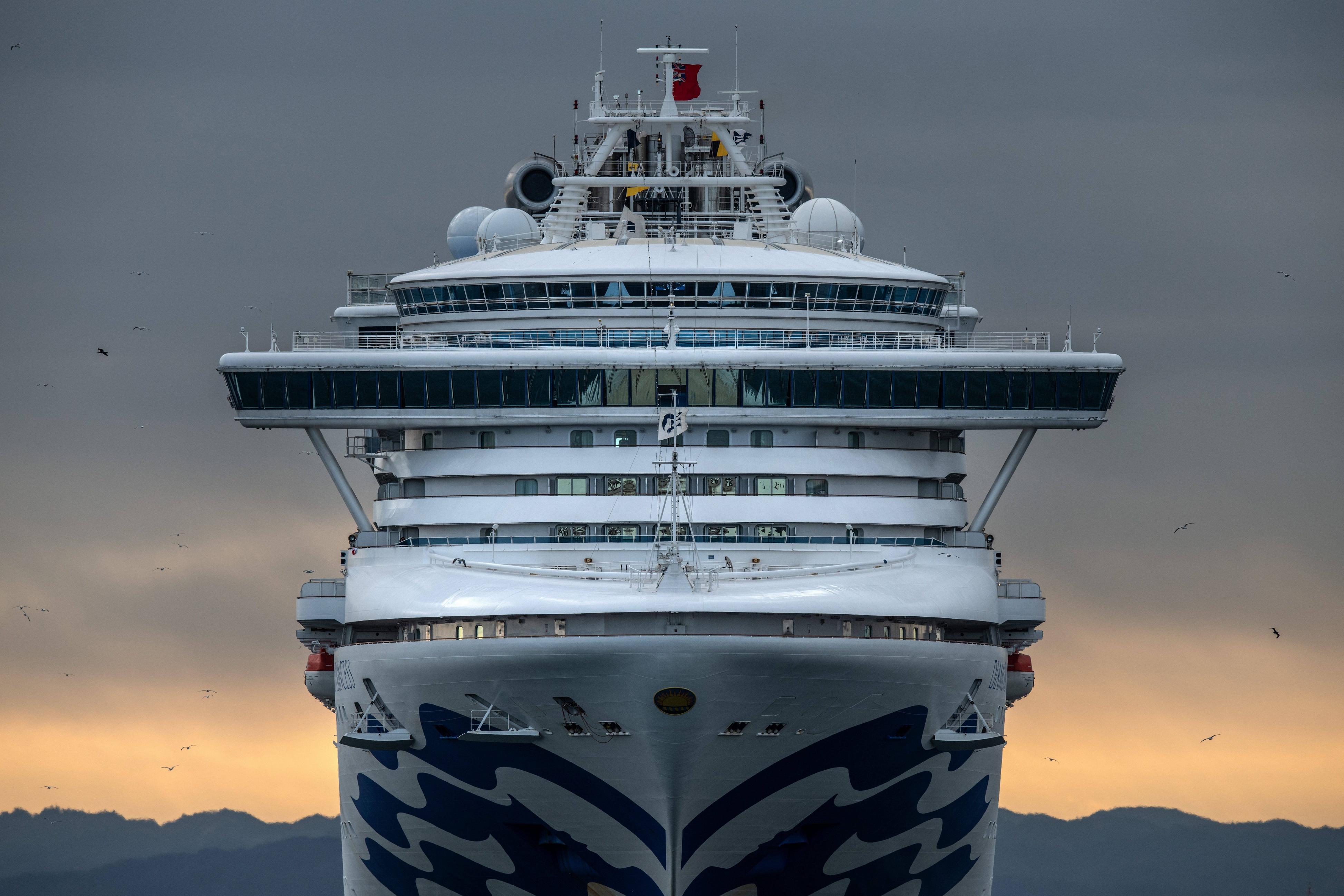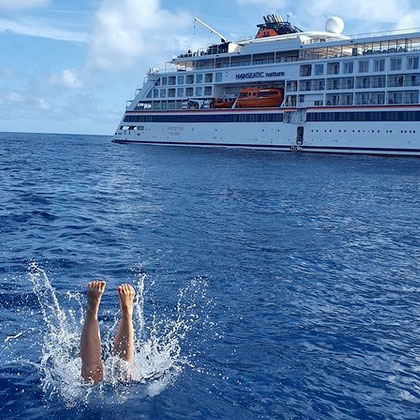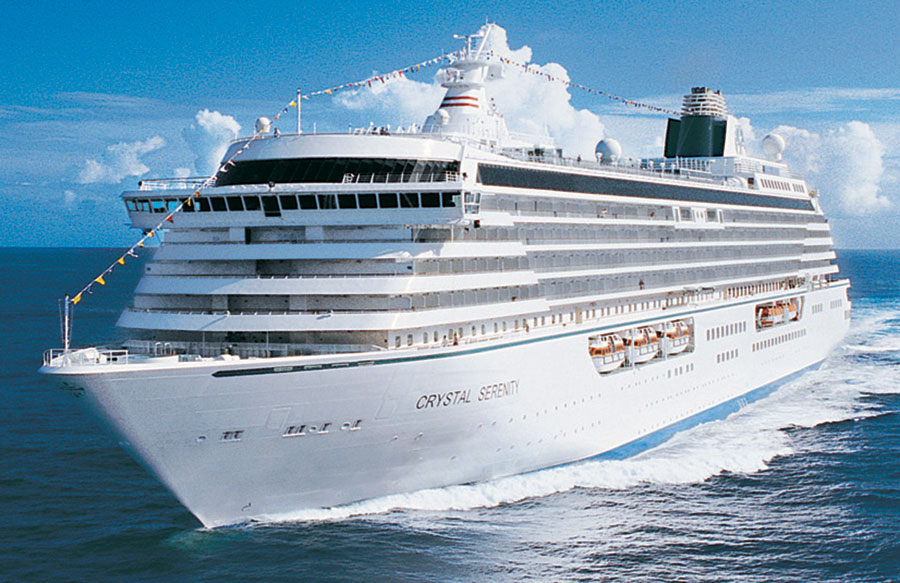
If you've been planning a cruise on the princess diamond cruise ship, you may have heard about the recent outbreak of COVID-19 coronavirus. You may be curious as to what the virus is and why it spreads so easily aboard cruise ships. What are the measures being taken for ensuring a safe environment for all passengers? I can answer all of your questions.
COVID-19 Coronavirus on Princess Diamond Cruise Ship
In late February, the Grand Princess cruise ship, which was also a member of the Disney Cruise Line, sailed roundtrip from San Francisco, California to Mexico. The ship made four stop during its initial voyage. However, most passengers and crew members were able to stay onboard for the second voyage. The ship left San Francisco on February 21 and was scheduled to return on March 7. A clinician in California identified two cases of COVID-19 on February 28. They were both positive for SARS-CoV-2. The cruise line notified CDC about the outbreak and started cancelling group activities for the next voyage.
COVID-19, a highly contagious viral disease, has caused concern in the cruise industry. Due to the high proportion of older people on ships, COVID-19 can prove dangerous. Researchers have warned of an outbreak of the disease on cruise ships. A virus outbreak aboard a cruise vessel can lead to severe illness or even death.

Factors that encourage the spread of this virus on cruise ships
Cruise ships have a small space and high population density that can facilitate the spread. This makes it very difficult to distinguish between infected and non-infected passengers. A second factor is that passengers aboard the ship are often in close contact for long periods of time. Spreading the virus could be made easier by close contact with contaminated surfaces and their proximity.
The most common form of infection was found in the food service workforce. The most common cases of the illness occurred on decks where food services workers were able to live. Certain activities, such as cooking or serving food, helped facilitate the spread of the virus.
Cruise ships are being protected from the spread of the virus
The virus could be particularly dangerous to older passengers on cruise ships. To prevent the virus spreading, cruise lines should provide protective equipment such as gloves and masks. They must also ensure that their passengers are healthy and free from any lingering symptoms. The virus should be made clear to passengers on cruise ships.
Port states face a significant challenge when there is an unexpected outbreak of highly contagious viruses on cruise ships. Japan's response at the Princess Diamond epidemic highlights how important ports are in epidemic prevention. The Yokohama Port Epidemic Prevention Emergency Response plan had insufficient detection capacity and limited medical reception, which led to an increase in cross-infections. It also lowered the rate of recovery.

Cleansing efforts were made
A number of passengers on the Princess Diamond cruise vessel became ill. The government has placed the ship in quarantine for 14 days as a precaution to prevent the norovirus from spreading further. Efforts have been made to disinfect surfaces and deliver meals to passengers separately, which helps reduce the risk of transmission. However, the quarantine period may be extended due to increased numbers of infected passengers.
The Centers for Disease Control and Prevention of the United States recommended additional travel restrictions and quarantine for passengers. Although it might have been beneficial for public health, the quarantine could have not prevented the virus spreading to the ship. The Diamond Princess is currently being cleaned in Japan. The company, in collaboration with the Japanese Ministry of Health is working hard to ensure that the ship is as safe as possible.
FAQ
What does a cruise vacation look like?
One person can cruise for $1,000 plus taxes and fees. The average price of a cruise vacation for four adults is $4,000. This includes all meals.
Is it necessary to tip my Cruise Director
It varies from one cruise line to the next. Some cruise director receive tips and others don't. You can ask the Cruise Director on board to find out whether they require tips. They will tell you if they expect tips.
What is cruising?
The deposit, usually $50-$100, is required when you book a cruise. Your balance is due 30 days before departure. When you arrive at the port, you check into your cabin. You may also take part onboard activities.
Where can cruises start?
Most cruise vacations start in Miami, Florida. It has both international ports and airports, so cruises leave from Miami. These two locations allow passengers to explore the rest of South America and Europe.
Is food allowed on a cruise?
The answer is yes All cruises offer complimentary food. To enjoy the food, you will need to purchase drinks.
Costs will vary depending on which type of ship you are sailing. For example, cruising aboard a luxury liner, you may expect to pay $20-$30 per person for each drink purchased. The cost for a small vessel will likely be lower at $10-15 per individual.
Statistics
- You'll need to budget around $80 per person per day for this option – and an additional 18% gratuity. (travel.usnews.com)
- If you're traveling alone, you may also need to factor in a single supplement, adding up to as much as 100% of the cruise fare. (travel.usnews.com)
- In addition, 10 to 15 percent gratuity is typically added to bar bills — for alcohol and soft drinks — and gratuities are applied to spa treatments. (cruiseline.com)
- You can save 15% off the total price if you book in advance of your trip. (travel.usnews.com)
External Links
How To
How can I plan my first Cruise?
A cruise planning process is similar to any other trip. There are many things you need to consider such as where to go and what activities to include, costing, and budgeting. When planning your first cruise, you should know some things to keep in mind if cruising is new to you. Cruises last longer than traditional land vacations (up 3 weeks), so don't forget to pack! These are some tips that will make your vacation even more enjoyable.
-
Book your cruise as early as possible - Make sure you book at least six months before you depart. You can save money and avoid crowds by booking early. Plus, you'll have plenty of time to research the ship, itinerary, ports, and activities. There might be a great deal on airfare!
-
Choose a destination - It doesn't matter which port you choose; just pick one that appeals to you. There are lots of reasons why people love cruising to different destinations. Some love to travel while others prefer to relax and unwind on the boat. Whatever floats your boat, just remember to keep in mind the type of destination you'd like to visit. Popular choices include the Caribbean, Europe, and Alaska.
-
Book a Suite - If money is not an issue, consider booking a suite. Suites have more space, a private balcony and other amenities. They can be rented from $100 to $300 per night, depending upon the size of your room or the availability of suites on your sailing date.
-
Make sure to check the weather forecast. Cruising often is associated with tropical climates. However, don't forget to check the weather forecasts for the days you'll be visiting the ports. The weather can be unpredictable, especially in Antarctica. It is best to find out what the forecasts are before you book your cruise.
-
Keep it light when packing for a cruise. You should only bring 10 items. That means no suitcases full of clothes or shoes! Make sure to only bring what you really need. It is a good idea to bring layers of clothing because you might not be able access the laundry facilities at your destination.
-
Do your research before you buy tickets. Make sure you understand the pricing policies, what services they provide, and whether their cancellation policy makes sense for you.
-
These must-see places are worth a visit. Each area has its own charms and culture so you should take advantage of every opportunity.